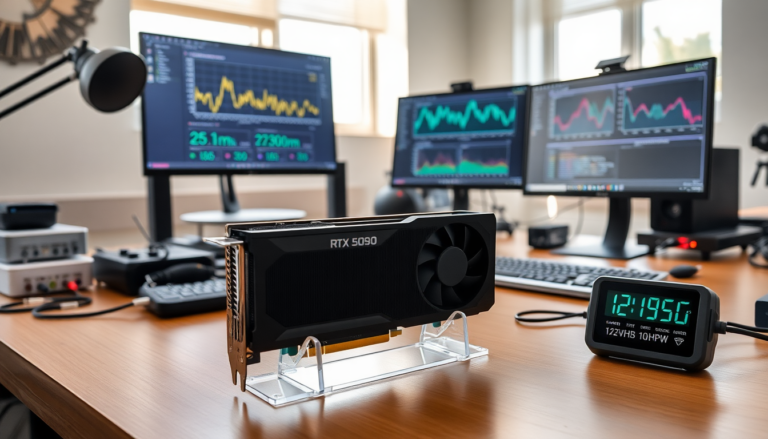Argomenti trattati
Understanding the thermal challenges of RTX 50 GPUs
The RTX 50 series GPUs from Nvidia have recently been under scrutiny due to persistent thermal issues that seem to plague their performance. Reports indicate that these GPUs, particularly the RTX 5090, are encountering significant challenges related to the 12VHPWR connectors, which are crucial for power delivery. As gaming and graphics demands continue to rise, it appears the design may not be adequately equipped to handle these power requirements effectively.
Power delivery problems: The 12VHPWR connector
Users have reported alarming incidents where thermal damage occurred to the MSI’s yellow-tipped 12V-2×6 power cables, designed to simplify cable seating and minimize melting risks. This problem is not isolated to the RTX 50 series; previous generations, notably the RTX 40 series, also suffered from similar issues. With the RTX 50 GPUs drawing power from six 12V terminals on the connector, each terminal has a strict current limit of 9.5A. This limitation, coupled with Nvidia’s design choices, may lead to severe load imbalances across the pins, resulting in overheating.
In instances where a poor connection exists on certain pins, the entire load can be forced through the correctly seated ones, leading to dramatic temperature spikes. Some reviewers have documented temperatures exceeding 150 degrees Celsius on individual pins, raising serious concerns about the overall safety and reliability of these GPUs.
User experiences: The case of the MSI RTX 5090
A recent case shared by a user from Quasar Zone highlighted the severity of these issues. The user, who owned an MSI RTX 5090 Suprim, experienced catastrophic failure after just a small gaming session, which drew around 400W of power. The results were devastating: an entire row of the 12V terminal on their power cable had burned, demonstrating the potential risks associated with these connectors. Fortunately, initial inspections indicated that the GPU itself remained unharmed, but the incident raised red flags about the reliability of the power delivery system.
Design flaws and potential solutions
The fundamental design of the RTX 50 GPUs seems to lack the necessary features to handle power imbalances effectively. Unlike some competitors, such as Asus, which has implemented shunt resistors to monitor per-pin current loads, Nvidia’s reference models do not offer this critical functionality. This oversight can lead to dangerous situations where excessive current can pass through a single pin, compromising the integrity of the entire system.
Some manufacturers are stepping up to address these issues. For instance, Zotac has introduced a safety light mechanism that prevents the GPU from powering on if the cable isn’t properly connected. Such innovations are vital in ensuring user safety and preventing potential damage to expensive hardware. Additionally, DIY solutions are emerging, with enthusiasts exploring ways to create custom power connectors that include per-pin sensing and current overload alarms.
Final thoughts on GPU safety
As the demand for high-performance gaming continues to grow, manufacturers must prioritize the safety and reliability of their products. While the RTX 50 GPUs showcase impressive advancements in technology, the ongoing thermal issues highlight the importance of robust design and engineering solutions. Users should remain vigilant, ensuring secure connections and monitoring temperatures to mitigate risks associated with these powerful graphics cards.

